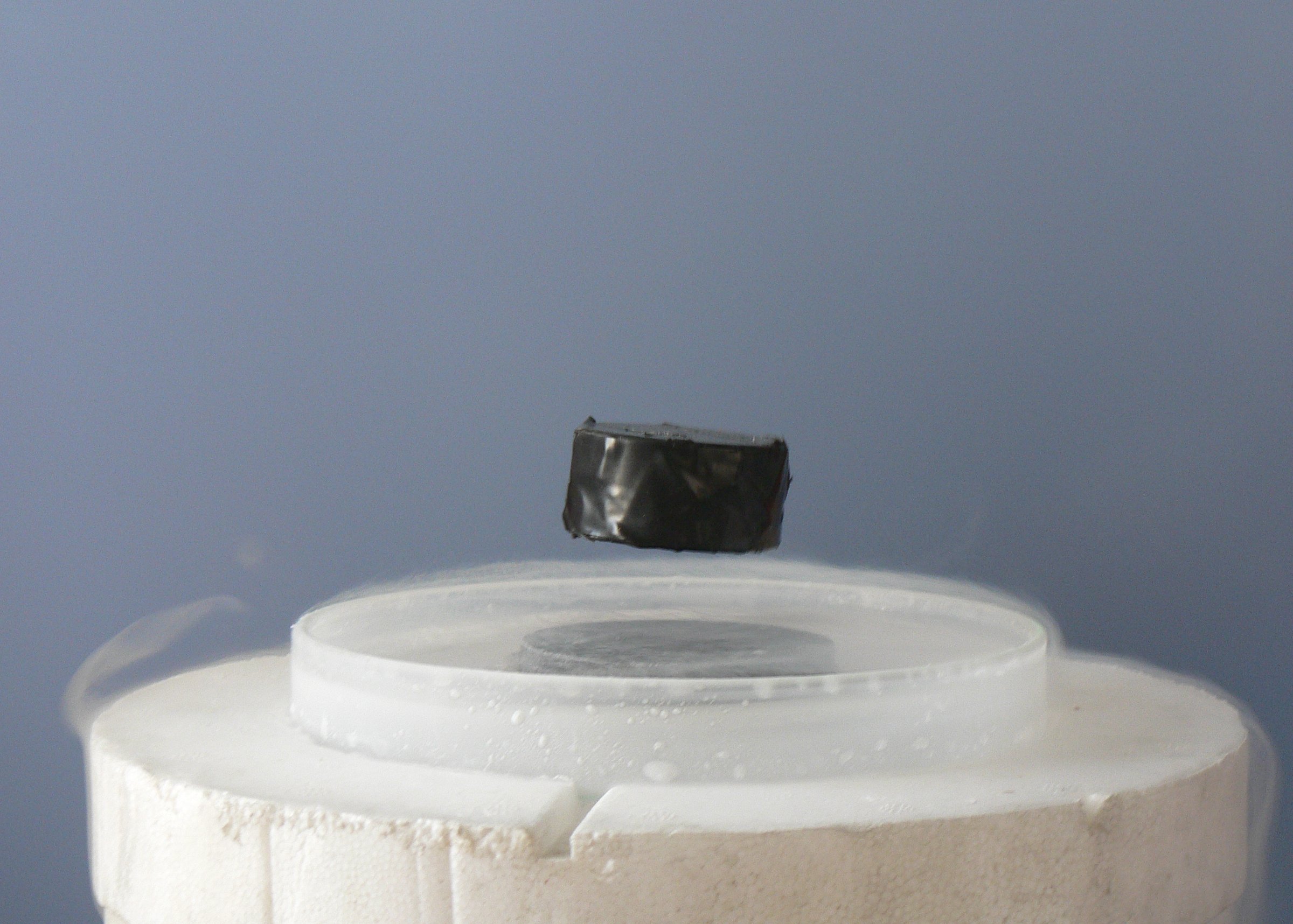Superconductivity
- Introduction to Superconductivity
- Theoretical Foundations
- Types of Superconductors
- Superconducting Materials
- Superconducting Phenomena
- Superconducting Devices
- Superconductivity and Quantum Computing
- Challenges in Superconductivity
- Future of Superconductivity
- Case Study: Superconductivity in Energy Sector
- Case Study: Superconductivity in Medical Field
- Case Study: Superconductivity in Transportation
Superconducting Materials
Metallic Superconductors: An In-depth Study

Electrical conductivity with exactly zero resistance.
Superconductivity, a phenomenon where certain materials exhibit zero electrical resistance and expulsion of magnetic fields when cooled below a certain temperature, has been a subject of intense research since its discovery in 1911. One of the most studied categories of superconductors is metallic superconductors.
Introduction to Metallic Superconductors
Metallic superconductors are typically elemental metals or simple metallic alloys that become superconducting at very low temperatures, usually below 20 Kelvin. The first superconductor discovered, mercury, is a metallic superconductor.
Properties of Metallic Superconductors
Metallic superconductors are characterized by their low critical temperatures (Tc), the temperature below which they exhibit superconductivity. They follow the Bardeen-Cooper-Schrieffer (BCS) theory of superconductivity, which explains superconductivity as a microscopic effect caused by a condensation of Cooper pairs into a boson-like state.
The critical magnetic field (Hc), above which superconductivity is destroyed, is relatively low for metallic superconductors. They also exhibit the Meissner effect, where they expel all magnetic fields when transitioning into the superconducting state.
Examples of Metallic Superconductors
Several elemental metals exhibit superconductivity. Some examples include:
-
Aluminum (Al): With a critical temperature of 1.2 Kelvin, aluminum has been widely used in superconducting quantum interference devices (SQUIDs) and microwave frequency resonators.
-
Lead (Pb): Lead has a higher critical temperature of 7.2 Kelvin and has been used in various superconducting applications.
-
Niobium (Nb): Niobium has the highest critical temperature (9.2 Kelvin) among elemental metals and is commonly used in superconducting magnets and particle accelerators.
Applications of Metallic Superconductors
Despite their low Tc, metallic superconductors have found numerous applications due to their relatively easy handling and well-understood properties. They are used in medical imaging devices like MRI scanners, particle accelerators, and superconducting magnets. They also play a crucial role in quantum computing, where superconducting circuits are used to create qubits, the fundamental units of quantum information.
In conclusion, metallic superconductors, with their unique properties and wide range of applications, continue to be a vital part of superconductivity research and technological advancements. Their study provides a solid foundation for understanding the complex world of superconductivity.